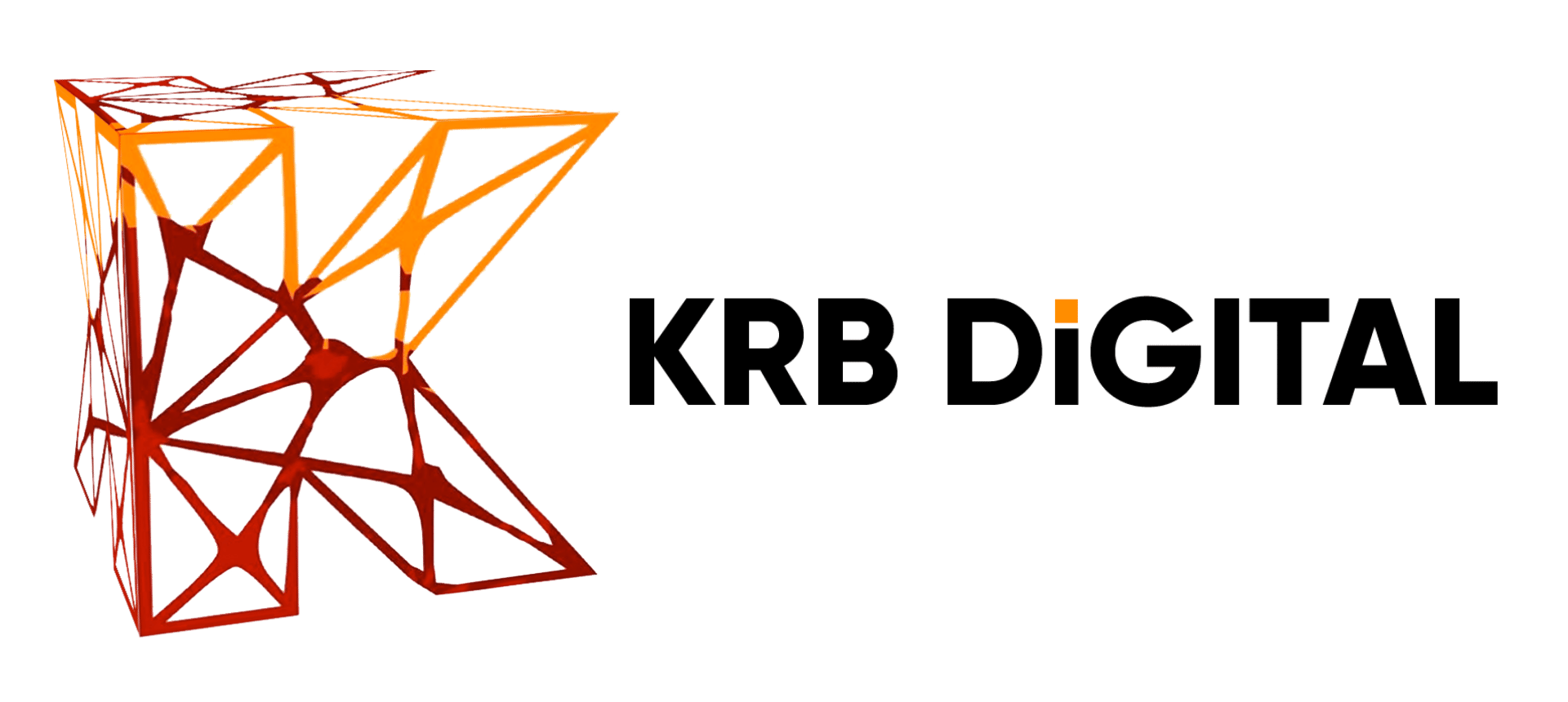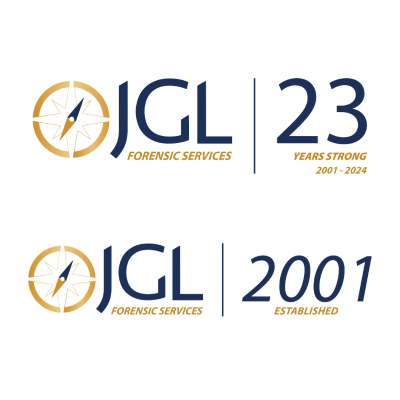Services
GRAPHiC DESIGN
KRB Digital excels in graphic design, leveraging creativity and expertise to craft compelling visual narratives that elevate brands. With a keen eye for detail and a commitment to excellence, KRB Digital transforms ideas into impactful designs across various mediums, ensuring clients stand out in today’s competitive market.
LOGO DESiGN
Logo design is a critical aspect of branding. It serves as the visual cornerstone of a company’s identity. When crafting a logo, it’s essential to consider elements such as simplicity, memorability, versatility, relevance, and timelessness. A well-designed logo should be simple enough to be easily recognizable, and memorable enough to leave a lasting impression. It needs to be versatile enough to be reproduced across various mediums and sizes without losing its impact, relevant enough to convey the essence of the brand it represents, and timeless enough to withstand the test of changing trends and fashions. A logo acts as a visual symbol. It communicates the values, personality, and offerings of a brand to its target audience. Lastly, it fosters recognition, trust, and loyalty among consumers.
TYPES OF LOGOS
LETTERMARK
A lettermark is a typography-based logo that’s comprised of a few letters, usually a company’s initials. The lettermark is all about simplicity. By utilizing just a few letters lettermark logos are effective at streamlining any company brand if they have a long name.
BRAND iCON (ABSTRACT MARK)
A brand icon is a symbol that can be used independently or in conjunction with a wordmark. These potent images can easily speak 1000 words (whether simply and directly or with a powerful ambiguity) examples include: Adidas, Pepsi, Nike & BP.
COMBiNATION MARK (LOCKUP)
A combination mark is a logo comprised of a combined wordmark or lettermark and a pictorial mark, abstract mark, or mascot. The picture and text can be laid out side-by-side, stacked on top of each other, or integrated together to create an image. This pairing can also be called a ‘lockup’ because they will often appear in the same configuration. Businesses may have a small set of different lockups for various design applications.
MASCOT LOGO
An emblem logo consists of font inside a symbol or an icon; think badges, seals and crests. These logos tend to have a traditional appearance about them that can make a striking impact, thus they are often the go-to choice for many schools, organizations or government agencies.
EMBLEM LOGO
An emblem logo consists of a font inside a symbol or an icon; think badges, seals, and crests. These logos tend to have a traditional appearance about them that can make a striking impact, thus they are often the go-to choice for many schools, organizations, or government agencies.
PiCTORIAL MARK
A pictorial mark (sometimes called a brand marks or logo symbol) is an icon—or graphic-based design. It’s probably the image that comes to mind when you think “logo”: the iconic Apple logo and the Twitter bird. Because of this, it can be a tricky logo type for new companies, or those without strong brand recognition, to use.
The biggest thing to consider when deciding to go with a pictorial mark is what image to choose. This is something that will stick with your company its entire existence. You need to think about the broader implications of the image you choose: do you want to play on your name (like John Deere does with their deer logo)? Or are you looking to create deeper meaning (think how the Snapchat ghost tells us what the product does)? Or do you want to evoke an emotion (as the World Wildlife Foundation does with their stylized image of a panda—an adorable and endangered species)?
WORDMARK
Similar to a lettermark, a wordmark logo is a font-based logo that focuses on a business’ name alone. Think Visa and Coca-Cola. Wordmark logos work really well when a company has a succinct and distinct name. Google’s logo is a great example of this.
CORPORATE STATiONERY
Corporate stationery encompasses various essential elements that contribute to a cohesive and professional brand identity. Letterheads, business cards, email signatures, corporate folders, and company profile brochures are all integral components of a company’s stationery suite.
Letterheads provide a consistent format for official correspondence, reinforcing brand identity with logos, colours, and typography.
Business cards serve as tangible representations of a company. They contain contact information and branding elements that make a memorable impression on potential clients and partners.
Email signatures extend this branding to digital communication. They ensure a consistent and professional appearance across all channels.
Corporate folders offer a polished presentation for documents and materials.
Company profile brochures provide detailed information about the company’s history, services, and values. They serve as powerful marketing tools to communicate with stakeholders and clients.
Together, these stationery items create a unified visual identity that enhances brand recognition and credibility in the business world.
CORPORATE IDENTiTY
A corporate identity manual, often referred to as a brand style guide, serves as a comprehensive document. It outlines the visual elements and guidelines that define a company’s brand identity. This manual typically includes detailed instructions on typography, specifying which fonts to use for various purposes such as headlines, body text, and other design elements. It also outlines the approved color palette, providing specific color codes and usage guidelines to ensure consistency across all branded materials. Additionally, the manual establishes guidelines for imagery, detailing the types of photos, illustrations, or graphics that align with the brand’s aesthetic and values.
Beyond visual elements, a corporate identity manual may also cover advertising and graphic language guidelines. This section outlines the tone of voice, messaging principles, and communication style that reflect the brand’s personality and resonate with its target audience. Lastly, it provides direction on how to craft compelling copy and design layouts that effectively convey the brand’s message and values. By adhering to the guidelines outlined in the corporate identity manual, companies can maintain a cohesive and recognizable brand image across all touchpoints. This fosters trust and loyalty among customers and stakeholders.
CORPORATE BROCHURES
Product brochures serve as powerful marketing tools designed to inform and persuade potential customers about a company’s offerings. These printed or digital documents provide detailed information about specific products or product lines, showcasing their features, benefits, and specifications in a visually appealing format.
Product brochures often include high-quality images or illustrations to highlight key features and demonstrate how the product can address the needs or solve the problems of the target audience. Additionally, they may incorporate persuasive copywriting to emphasize the value proposition and encourage readers to take action, such as making a purchase or requesting more information.
Whether distributed at trade shows, sent with product shipments, or available for download on the company website, product brochures play a crucial role in influencing purchasing decisions and driving sales by effectively communicating the unique selling points of the products.



